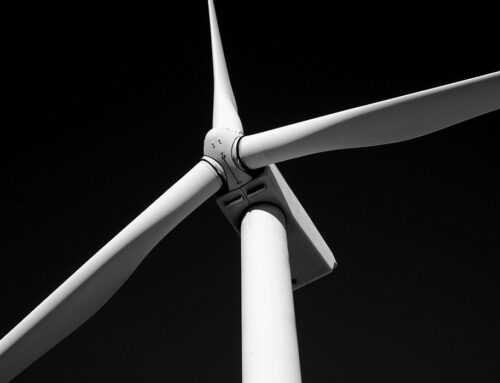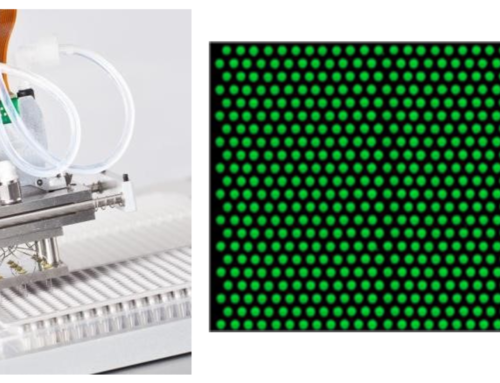Issue
Our client previously used electromagnetic waves to transmit data from an extreme environment. However, these transmissions suffered interference problems inherent in the difficult environment leading to data loss. The client looked to data transmission using structure-borne noise and required Xi to help design a piezoelectric transducer for this purpose.
Solution
Xi modelled the geometry of different types of piezoceramic transducers to optimise the efficiency of conversion from an electrical AC signal into vibration. The final design involved a combination of piezoelectric transducers working in parallel to excite frequencies which would be largely unaffected by change in structural resonance in different operating conditions.
Xi’s Role
Xi built the model geometry of the device and performed structural dynamic analysis in the frequency domain to identify resonances within the structure. The device was then modelled in a range of different operating conditions to identify the variance of resonance with different active mass on the device. The data was then collated to identify areas in the frequency domain that are largely unaffected by the change in resonance to allow for consistent vibration amplitude for signal transfer.
Skill Set Used
- MEMS’s modelling
- Acoustic propagation modelling
- Structural resonance and vibration propagation analysis
- Piezoelectric effects coupling to structural dynamics and acoustics
Client Benefits
- Design optimisation for most reliable output for a given AC signal
- Reduce design risk
- Develop a working product without need for iterative prototyping
- Get product to market quicker
- Reduce costs and risk in R&D of new product range





